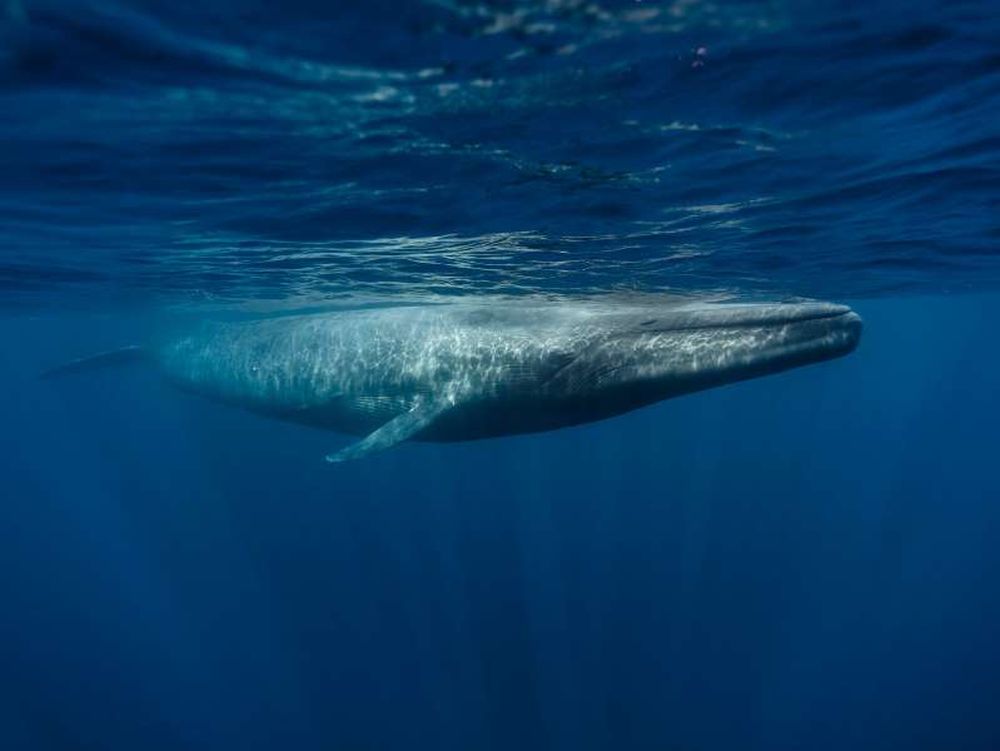Undiscovered Population of Blue Whales Found in Western Indian Ocean
Marine life has been severely impacted by human-induced climate change and pollution. However, some ecosystems have still managed somehow, for life to thrive. In a recent and huge discovery, scientists have found a formerly undiscovered population of blue whales living in the Western Indian Ocean based on an examination of sound recordings from the region.
The recent discovery exhibits the global distribution of the largest animals to have ever lived on the earth. Although these extremely endangered mammals are found around the planet in all oceans, and sing very low-pitched and recognizable songs, the researcher – including those from the New England Aquarium in the US, said every blue whale population has its own distinctive song.
Before our recording effort off Oman, there was no acoustic data from the Arabian Sea, and so the identity of that population of blue whales was initially just a guess… Our work shows that there is a lot more to learn about these animals, and this is an urgent requirement in light of the wide range of threats to large whales related to expanding maritime industries in the region.
Said study co-author Andrew Willson from Five Oceans Environmental Services LLC.

Image: The Independent
According to the scientists, this population of blue whales was previously assumed to belong to the same that had been studied near Sri Lanka, ranging into the south-central Indian Ocean. However, the new study has discovered that the recorded songs in these two regions reveal a different story.
In the new study – which was published in the journal Endangered Species Research – the scientists evaluated recordings of whale songs, while undertaking research focused on a pod of Omura’s whales off the coast of Madagascar. It shortly became noticeable to the researchers that they had found a previously unknown population of blue whales.
It was quite remarkable to find a whale song in your data that was completely unique, never before reported, and recognize it as a blue whale. With all that work on blue whale songs, to think there was a population out there that no one knew about until 2017, well, it kind of blows your mind.
Said Dr. Salvatore Cerchio, who led the analysis of recordings of the whales.
Hunted to near extinction, the number of blue whales declined from 250,000 to around 1,000 by the 1950s and began to recuperate from their diminishing numbers only recently after a global moratorium on commercial whaling.


